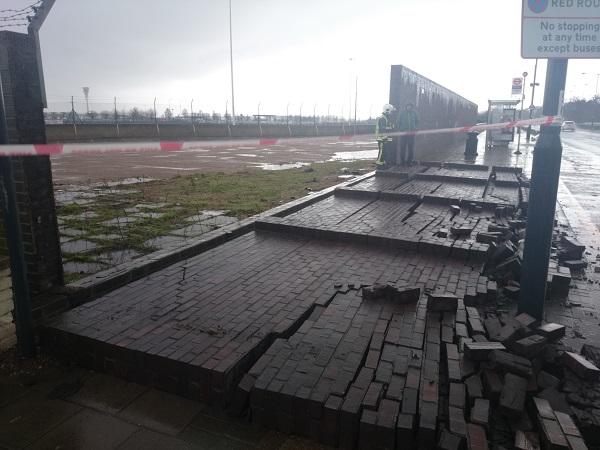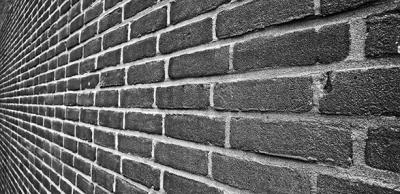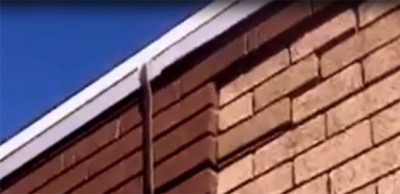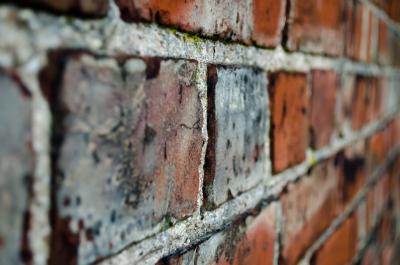The danger of free-standing walls
Poorly constructed or maintained free-standing walls can be a danger. Everyone in the building industry has a responsibility to look for the dangers posed by these walls as they can cause death or injury if they collapse.
The Building Regulations do not control the construction of most free-standing walls and so you are not required to submit designs or drawings for new free-standing or retaining walls. You generally only need consent if a wall supports the foundations of a nearby building.
However, as an employer, you have a statutory duty under the Health and Safety at Work Act and other associated legislation if the construction of the wall is part of any work activity. This means you have a duty to protect anyone who may be affected by your actions.
Potential signs of danger include
- Walls that are tall and thin, have loose bricks or different soil levels on each side.
- A leaning wall that may or may not also show obvious signs of damage or deterioration is a potential danger.
If you build a retaining wall within 3.7m of a street, the Highways Act 1980 requires you to seek approval from the local authority. If the road is adopted you need to approach the Highway Authority, which may not be the local authority.
A sobering reminder is a company director who was responsible for a wall that collapsed onto a highway and killed a three-year old girl, received a two-year jail sentence for manslaughter in 2012.
Further information can be found in this Structural-Safety Alert: Preventing the collapse of free-standing walls. Reports on matters of concern are always sought and if you can contribute please contact Structural-Safety.org.
Sign up to the building bulletin newsletter
Over 48,000 construction professionals have already signed up for the LABC Building Bulletin.
Join them and receive useful tips, practical technical information and industry news by email once every 6 weeks.
Subscribe to the Building Bulletin




Comments
This shouldn't be happening
Submitted 7 years 3 months ago
I recently prepared a report following the collapse of new wall being built on major developers site. The original design had been ditched because it was too costly and substituted with a wall a large free standing block wall. The wall blew over seriously injuring several workers.
This sort of thing should not be happening in the 21st century.
Many deaths
Submitted 7 years 3 months ago
We also require greater political support to bring about change in Building Regulations to cover freestanding walls.
Paul Choularton - MIStructE
Webmaster note
Submitted 7 years 3 months ago
200 year old boundary retaining wall
Submitted 4 years 9 months ago
Reply
Submitted 4 years 8 months ago
There is no way to determine the detail or condition of a foundation without inspecting it. If you are worried about the condition of the wall you should contact a competent structural engineer or building surveyor to investigate the matter for you.
Kind regards
Trevor, LABC
High boundary wall
Submitted 3 years 8 months ago
LABC response
Submitted 3 years 7 months ago
Thank you for your recent online question. The building regulations do not apply to independent/freestanding boundary/garden walls and, as such, these are not controlled under the building regulations. Consequently, the building inspector has no legal authority to approve or inspect such a structure. However, if a wall becomes dangerous, then the council do have the authority to require the danger to be removed under powers contained in the building act (sections 77 and 78) and could remove the danger themselves and recover any associated costs from the owner of the wall if the danger is an immediate threat or there is a delay by the owner to act on a court order to remove the danger in the interests of health and safety.
Best,
LABC team
Add new comment